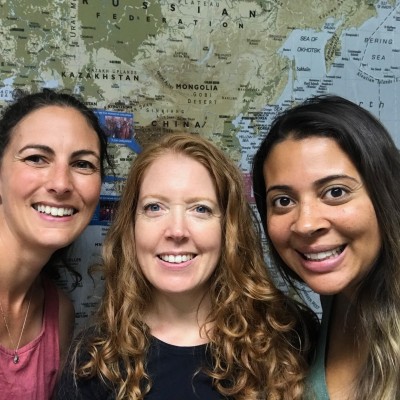Being small has enabled us to access situations that larger organisations cannot, due to their size and the corresponding limitations and bureaucracy. For example, from 2011 - 2017 we were the only organisation providing education in safe spaces to Rohingya refugee children from Myanmar in the largest makeshift camp in Bangladesh. We attribute this in part, to our compact size. Since the influx of Rohingya refugees after attacks escalated in August 2017, a huge number of larger organisations arrived to contribute help, and we have replicated our community based education model to meet gaps in provision of education for Rohingya refugee children
Our size enables us to have the flexibility to meet needs in a targeted way, as they arise, quickly and in a relational manner. If our partners are faced with a crisis, like dropping temperatures, fires within crowded camps, sudden floods, increased air raids or arrests, then we can respond immediately, garnering support or adapting the programme accordingly to continue to meet the needs of the children we work with.
We don’t rely on large and costly international staff offices in the countries we work in. Instead, we focus on building strong relationships with our local partners who have a thorough understanding of the situation on the ground and a depth of relationship with their communities.
Having a small number of projects means we can focus on delivering work of the highest quality. Larger organisations have a higher capacity, but deal very much in 'broad brush strokes', whereas we have the ability to fine tune and ensure that each child is valued as an individual.
Our small size means that our donors and supporters can have a greater connection and ownership with the work they are investing in. Your money doesn’t go into a huge machine, but to a small (but perfectly formed!) group of projects which you are updated on regularly, seeing tangibly and specifically the ongoing progress that you are making possible.



